![[The Outdoor Classroom in Practice, Ages 3-7] cover](https://depts.washington.edu/hortlib/graphix/outdoorclassroominpractice.jpg)
How are we going to save the world? Focusing on forests is a step in the right direction. In education, the forest school has been defined in the UK Forest School Research Summary as “an inspirational process that offers children, young people and adults regular opportunities to achieve and develop confidence through hands-on learning in a woodland environment.”
UK expert Karen Constable provides teachers with a wealth of ideas and experiences for outdoor learning by cycling through the year month by month. The Outdoor Classroom in Practice, Ages 3 – 7; A Month-By-Month Guide to Forest School Provision demonstrates how a forest school-style learning experience can be introduced and used in an everyday early childhood educational environment.
Although developed in the UK, the activities are meant to be adjusted to blend with existing curricular plans to fit the needs of children anywhere in the world. Entries cover managing the site, preparing resources, working with parents, and making evaluations. Risk assessment is an ongoing concern. Activities described in this book include muddy fun, looking for landmarks, creating camouflage, building fire safety, making a tabletop garden, staying dry on rainy days, and much more.
Fiddleheads Forest School in the Washington Park Arboretum is one of Seattle’s innovative outdoor preschools. Forest school programs help to build self-esteem, confidence, independence, and happy young people. Creating a love of the outdoors in real time in all weather in all seasons is best started early to last a lifetime.
Given our environmental concerns today, there is urgency to the purpose of this book. It will help to prepare children with a voice to act for preservation of our common environment. It’s our shared future, especially theirs.
Published in The Leaflet, Vol. 7 Issue 4, April 2020
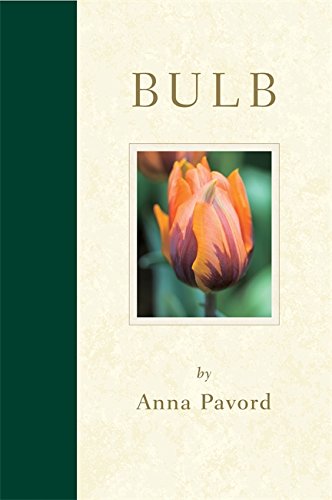 For pure opulence, nothing matches Anna Pavord’s “Bulb”, a compilation of the author’s favorites of primarily spring-flowering selections. Each is described with such heartfelt devotion that you know they must be good. She includes some newer varieties but the treasures are the older, time-tested names that just keep giving every year.
For pure opulence, nothing matches Anna Pavord’s “Bulb”, a compilation of the author’s favorites of primarily spring-flowering selections. Each is described with such heartfelt devotion that you know they must be good. She includes some newer varieties but the treasures are the older, time-tested names that just keep giving every year.![[Landmarks] cover](https://depts.washington.edu/hortlib/graphix/landmarks.jpg)
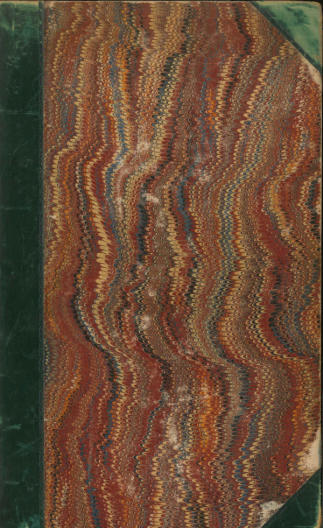 One of the earliest fern books, ”The Ferns of Great Britain” (published in 1855), is better known for its illustrator John Edward Sowerby (1825-1870) rather than the botanist who wrote the text, Charles Johnson (1791-1880). While this was not typical, it is perhaps because Sowerby was also the publisher. There is no record of professional jealousy, as the pair produced several other books on wild flowers, poisonous plants, grasses, and useful plants found in Britain and Ireland.
One of the earliest fern books, ”The Ferns of Great Britain” (published in 1855), is better known for its illustrator John Edward Sowerby (1825-1870) rather than the botanist who wrote the text, Charles Johnson (1791-1880). While this was not typical, it is perhaps because Sowerby was also the publisher. There is no record of professional jealousy, as the pair produced several other books on wild flowers, poisonous plants, grasses, and useful plants found in Britain and Ireland. While the Victorian fern craze of late 19th century Britain had less impact in North America, one noted author who recognized the need for a guide to the ferns of the northeastern United States was Frances Theodora Parsons (1861-1952), who wrote the field guide “How to Know the Ferns” (1899). Parsons was very active in New York City and State politics and active advocate for women’s suffrage. Her autobiography, written late in her long life, talked little of her botanical writing that included three other books. However, during her active botany period, before the death of her second husband in 1902, her books were very popular.
While the Victorian fern craze of late 19th century Britain had less impact in North America, one noted author who recognized the need for a guide to the ferns of the northeastern United States was Frances Theodora Parsons (1861-1952), who wrote the field guide “How to Know the Ferns” (1899). Parsons was very active in New York City and State politics and active advocate for women’s suffrage. Her autobiography, written late in her long life, talked little of her botanical writing that included three other books. However, during her active botany period, before the death of her second husband in 1902, her books were very popular.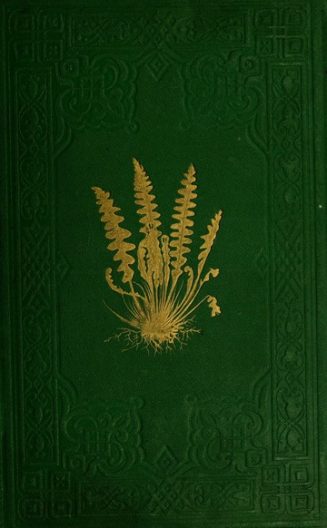 Edward Joseph Lowe (1825-1900) had the financial means to be an astronomer, a meteorologist, and an expert on ferns, the latter for him being “a matter of everyday life.” He wrote several very popular books in the last half of the 19th century, during the “fern craze” that engulfed England at the time. In “Our Native Ferns” (1867-69), he focuses on many of the highly coveted mutations, including Athyrium filix-femina var. multifidum, which he describes as “a most beautiful, symmetrical, and graceful Fern, although a monstrosity.” This book was a catalogue to these many forms, which were the most desirable objects for fern collectors.
Edward Joseph Lowe (1825-1900) had the financial means to be an astronomer, a meteorologist, and an expert on ferns, the latter for him being “a matter of everyday life.” He wrote several very popular books in the last half of the 19th century, during the “fern craze” that engulfed England at the time. In “Our Native Ferns” (1867-69), he focuses on many of the highly coveted mutations, including Athyrium filix-femina var. multifidum, which he describes as “a most beautiful, symmetrical, and graceful Fern, although a monstrosity.” This book was a catalogue to these many forms, which were the most desirable objects for fern collectors.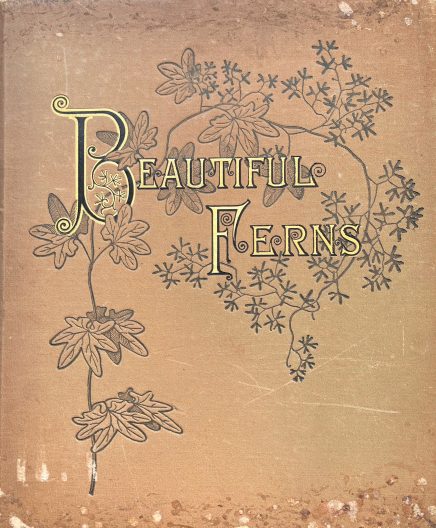
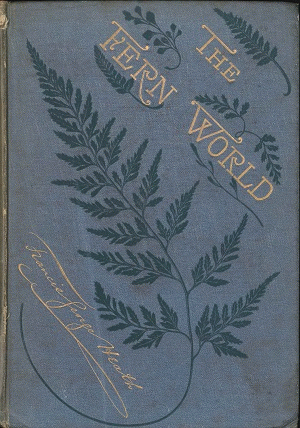 One of my favorite fern authors is Francis George Heath (1843-1913). A prolific writer, he was keen on popularizing ferns with a well-honed eye and wit. He wrote at least one book about ferns for children and in all his books, he encourages fern tourism. His favorite destination was his home shire of Devon, located in the west of England with long, wild coasts on both the English and Bristol Channels.
One of my favorite fern authors is Francis George Heath (1843-1913). A prolific writer, he was keen on popularizing ferns with a well-honed eye and wit. He wrote at least one book about ferns for children and in all his books, he encourages fern tourism. His favorite destination was his home shire of Devon, located in the west of England with long, wild coasts on both the English and Bristol Channels.